Casa de Campo
Casa de Campo is one of the wealthiest and most famous reservations in the Dominican Republic. It is listed among the world’s most fashionable resorts. Surprisingly, in 1917, the area looked completely different: it was fully covered with sugar cane plantations.
In 1967, the American businessman Charles Bluhdorn acquired the territories, but a few years later, sugar prices fell due to an economic crisis, and the business wasn’t profitable anymore.
Thus in 1975, Bluedorn decided to create a resort on the site of the former sugar plantation. That’s how Casa de Campo (Country House) was founded.
The reservation with luxury bungalows, golf courses, and a beautiful port quickly turned La Romana into one of the richest regions in the country.
Politicians, presidents, Hollywood stars, and other celebrities spend their holidays here. Unfortunately, it influences the prices. We noticed that even groceries in supermarkets are more expensive here than in the same shop in a neighbouring city.
Casa de Campo’s most famous landmark is a little village of Altos de Chavón, which is a kind of an open-air museum designed by the Hollywood architect Roberto Copa.
Altos de Chavón (City of Artists) is a replica of a 16th-century Spanish village. It’s a truly magnificent place with a unique atmosphere.
It was interesting to walk along the cobblestone streets studying medieval-style limestone houses.
Behind the massive wooden gates of most buildings you can find stylized restaurants, souvenir shops, craft stalls.
By the way, there’s a school of design in the village, and local galleries regularly exhibit its students’ works.
In the centre of the city, there’s the St Stanislaus Church (the saint’s relics also rest here).
Since the village is located on a hill, an observation platform near the church offers a fantastic view of the Chavón River and the Caribbean Sea.
In 1979, the movie “Apocalypse Today” came out. It depicts the events of the Vietnam War, but the landscapes of the movie are by no means Vietnamese. Most of the scenes were filmed in the Philippines, and some in the Dominican Republic, on the Chavon River – the famous helicopter scene was shot here.
From the centre, you can walk through meandering streets to a large Greek-style amphitheatre built on a slope of the hill.
Although the buildings in Altos de Chavón were artificially made to look old, everything still looks very impressive. We had a great time walking there.
Restaurants and Local Cuisine
We came from Peru, the country considered a culinary capital of South America, so we didn’t expect the Dominican Republic to surprise us in any way. However, everything turned out to be worse than we had expected. Even expensive restaurants geared towards tourists offered very mediocre food.
Having missed ceviche, we even ordered it once, but we didn’t like it at all. There’s a rather limited choice of fish dishes in the Dominican Republic, and it sometimes seems that locals don’t know how to cook seafood correctly.
Disappointed with restaurants, we started to search for cafes geared towards locals. Prices at such eateries were much lower, but it was hard for us to find anything within our gastronomic preferences on the menu. The thing is, Dominicans are used to deep frying everything, so the food comes out too fatty. Locals’ favourite meat is chicken, which is usually offered as a main course at restaurants.
Michael and Robert enjoy eating sushi, wakame and many different local specialties… wherever we go.
We visited food courts a few times, and street food turned out to be quite good. As for markets and supermarkets, the choice of groceries is not particularly wide there. However, mangoes, coconuts, pineapples, and other fruit grown in the Dominican Republic turned out to be fabulously delicious.
Local Mentality
Strict zoning and lack of communication between Dominicans and tourists create a fairly unpleasant atmosphere in the country. Locals often treat travellers as a kind of enemies or intruders.
Taxi drivers reluctantly take foreigners and set exorbitant prices for a five-minute ride. Sellers at markets behave as if they’re not interested in buyers and gaze at foreigners indifferently. It seemed to us that Dominicans wanted to get money from tourists, but at the same time they were not disposed to provide them with any service or even to be positive. We were surprised to see such unfriendly people working in the trade and service industry.
Within reservations, in expensive restaurants and hotels, employees surely do their job professionally, but there’s always this marked class division, which is very unpleasant. Wherever we were, we’ve always treated sellers, waiters, and other workers as equals. But in the Dominican Republic, employees themselves think of themselves as servants, demonstratively stress their status of service employees, and look at foreigners as if they’re rich layabouts.
It’s noteworthy that all small businesses, including restaurants, hair and spa salons, are built by foreigners. Those who are willing to work earn good money in the Dominican Republic. Even plumbers, locksmiths, electricians, and builders (if they are responsible and do their work well) don’t suffer from lack of customers, live in good houses, and drive expensive cars.
Local citizens are not happy with the foreigners’ success and often deliberately hinder the development of their business, although they themselves are not willing to work and don’t try to create anything on their own. At supermarkets, groceries are packed by healthy, able-bodied men who bring the groceries to the car regardless of the customer’s desire and then demand tips aggressively. And this is hardly connected with lack of vacancies. It’s just easier to earn money like this.
We gradually put up with the lack of hospitality in the Dominican Republic and got used to locals’ peculiar behaviour. Two months on the sunny coast flew by very quickly. Despite the lack of infrastructure and other peculiarities of the country, we spent a great time there, had a decent rest, and enjoyed the wonderful weather and resorts. Maybe, in the future, we’ll come back here to wander around local beaches again. Meanwhile, the end of May was coming, and we planned to spend summer in Europe, so we started to get ready for another transatlantic flight.

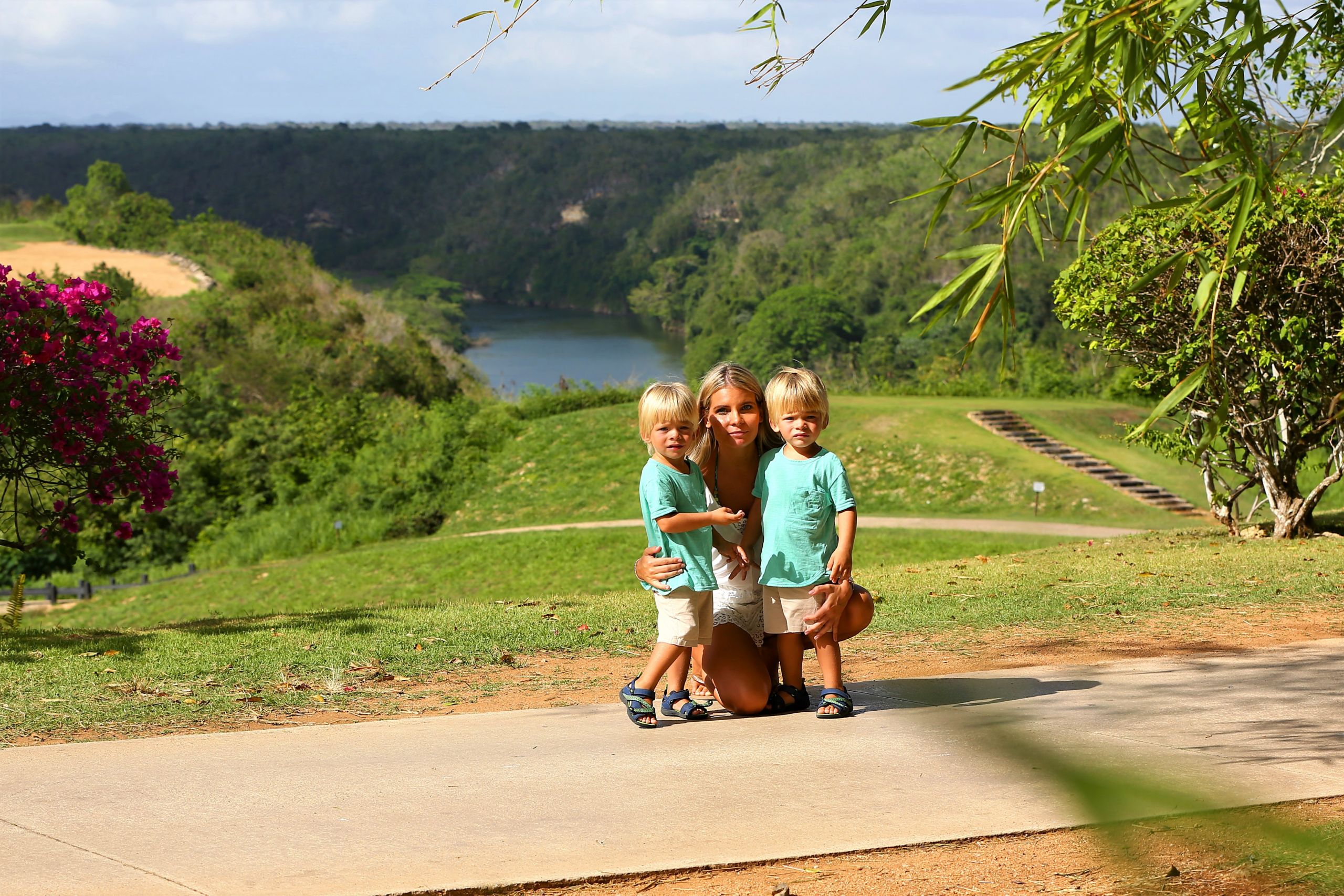
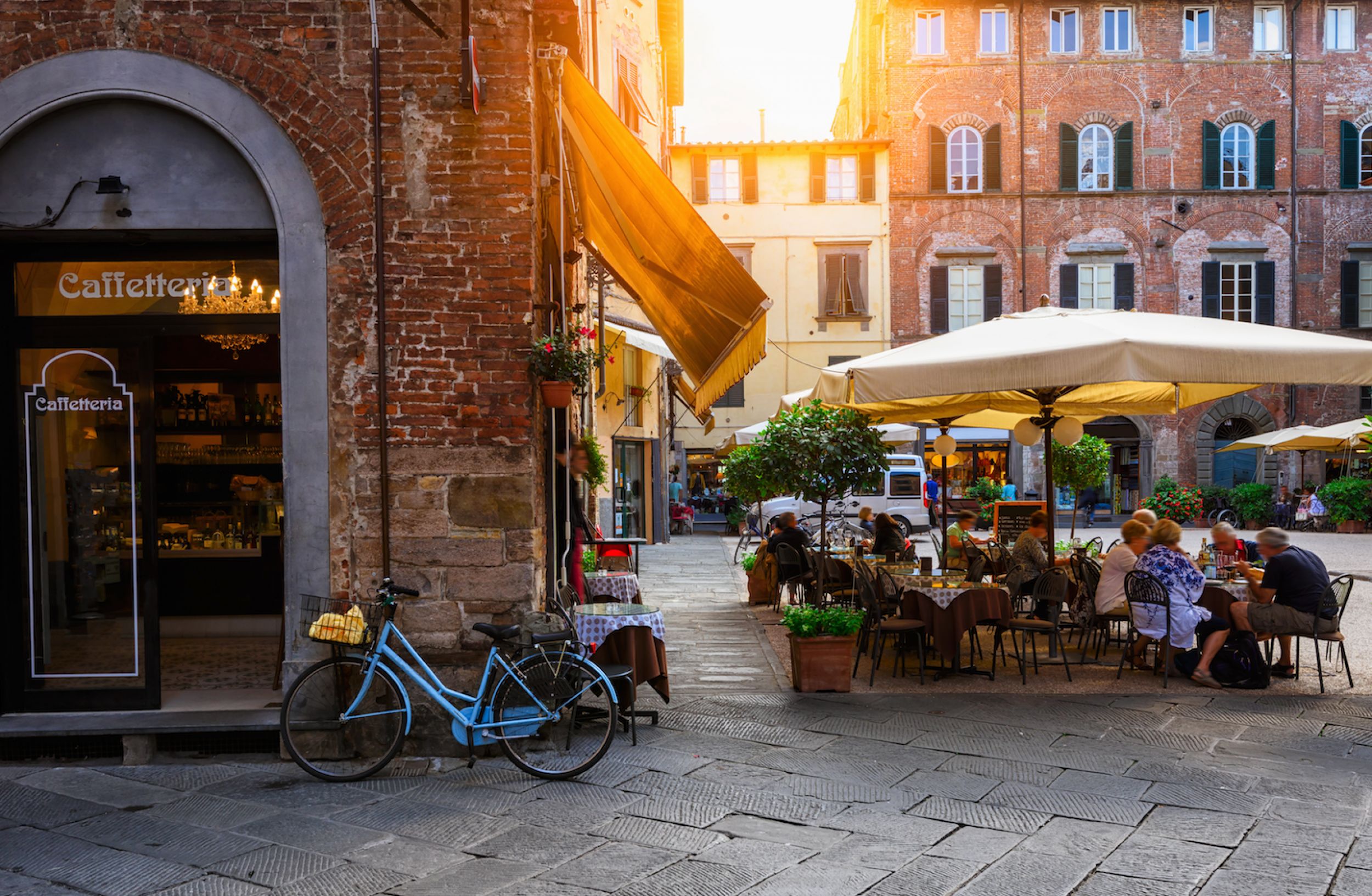
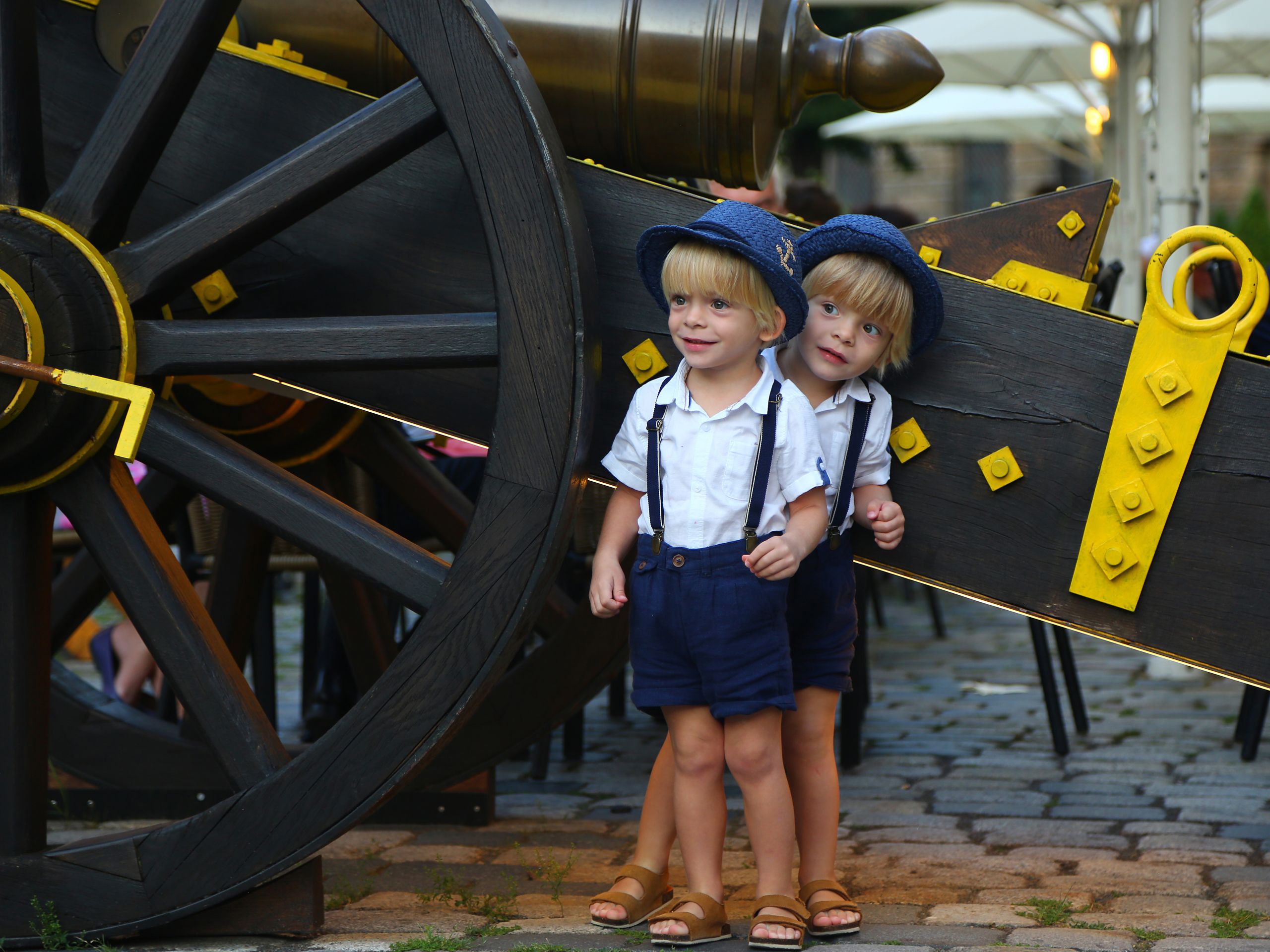
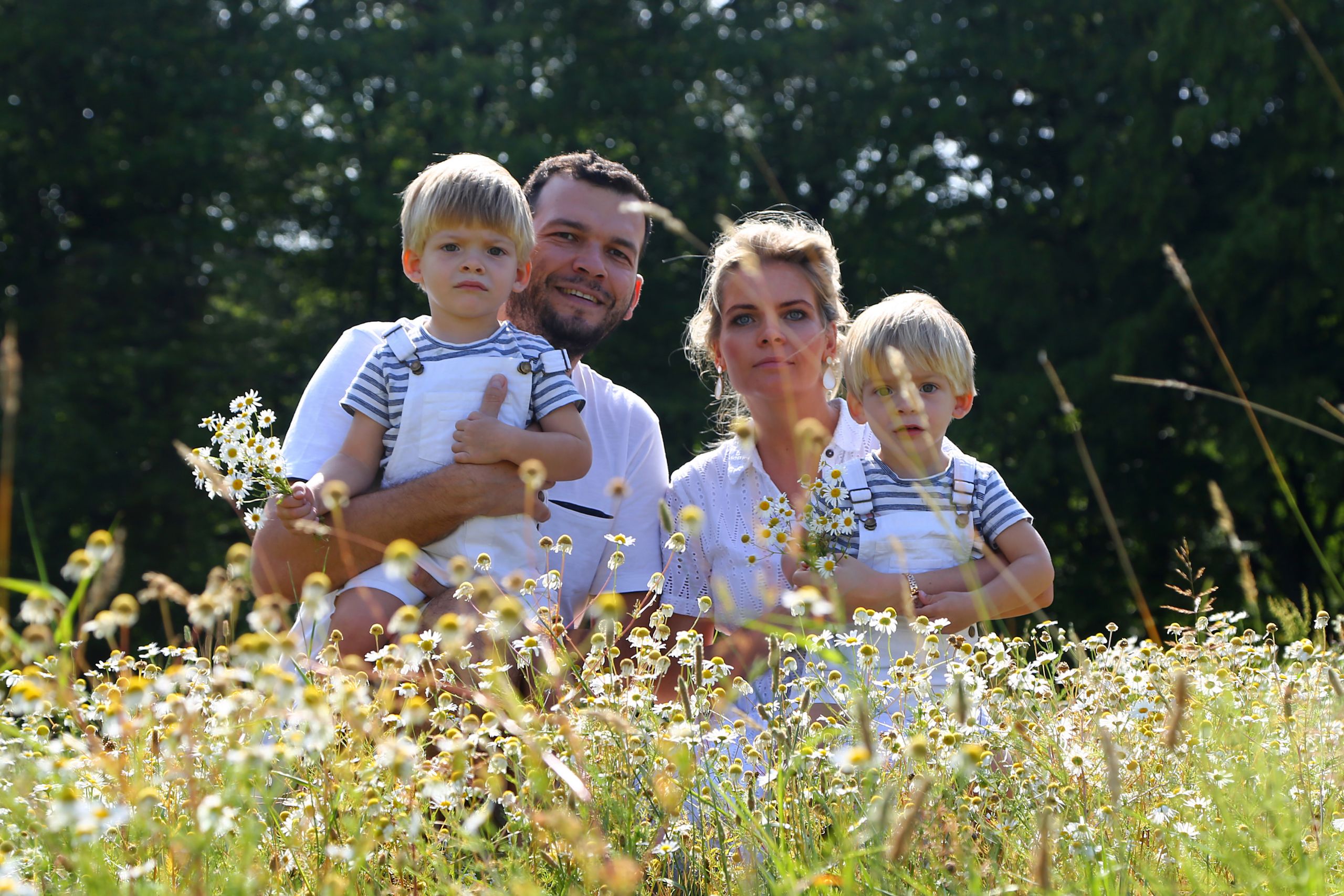
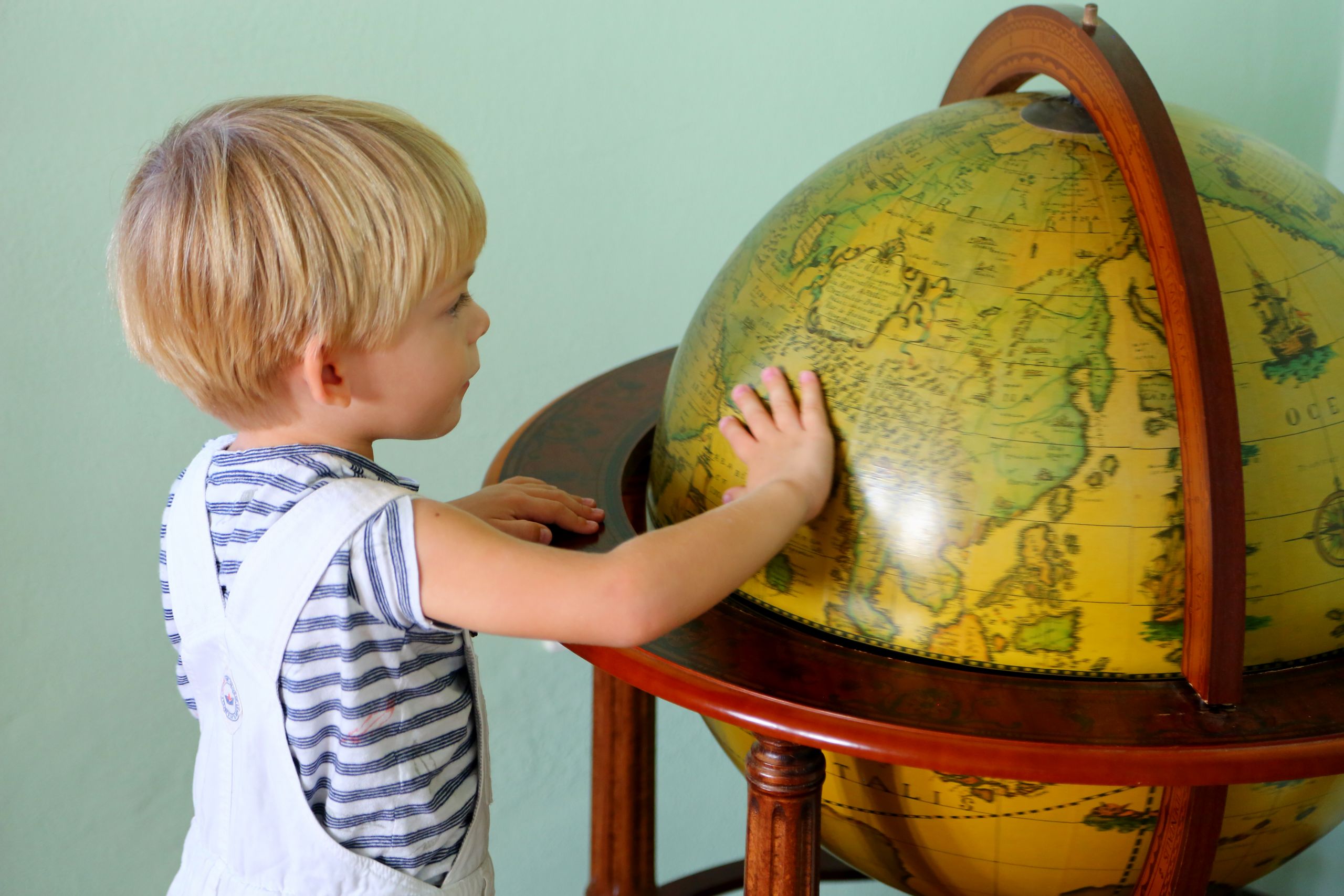
Leave A Comment